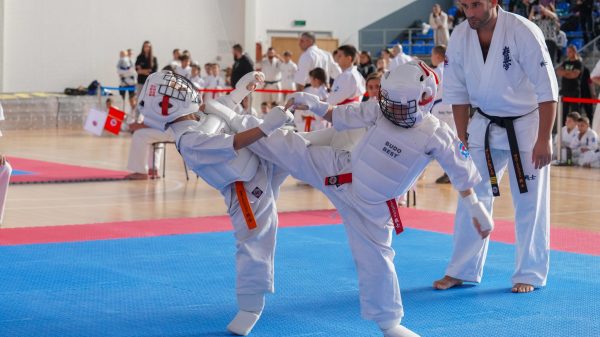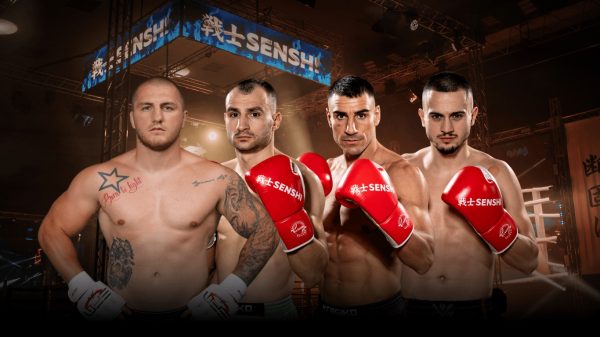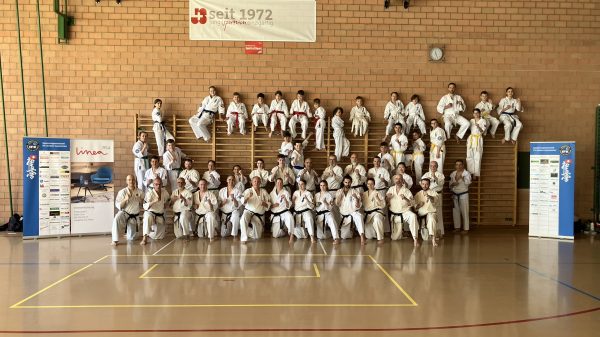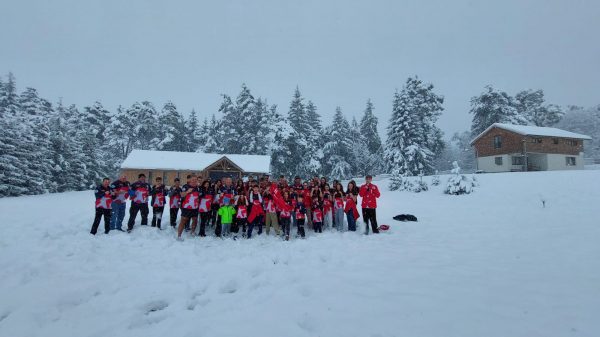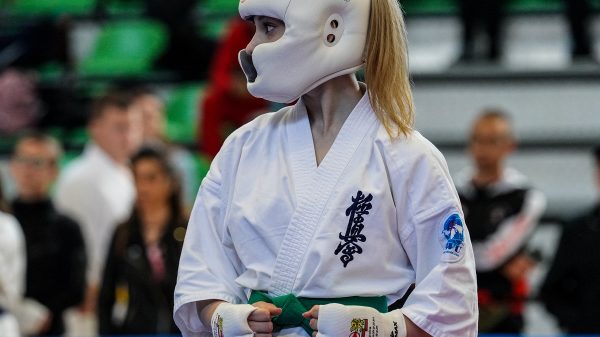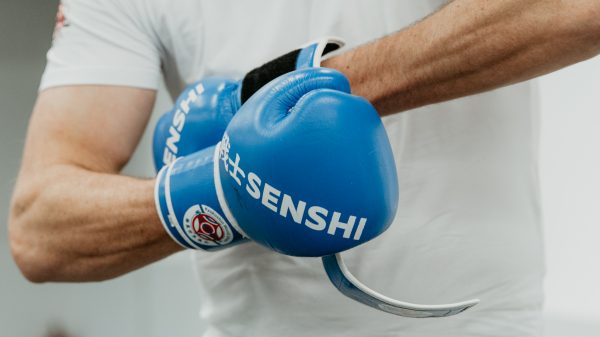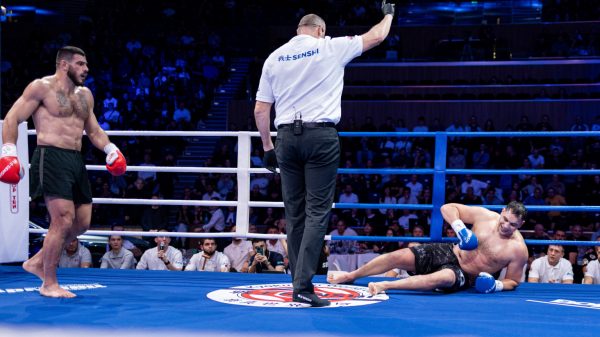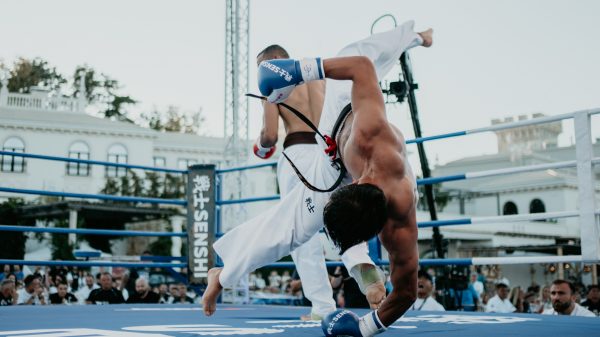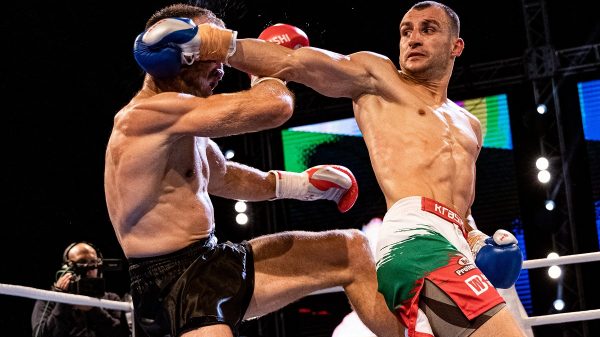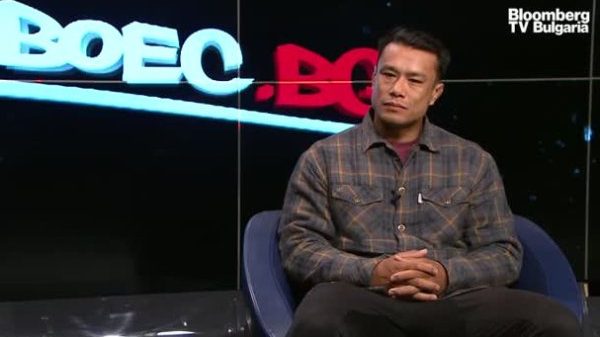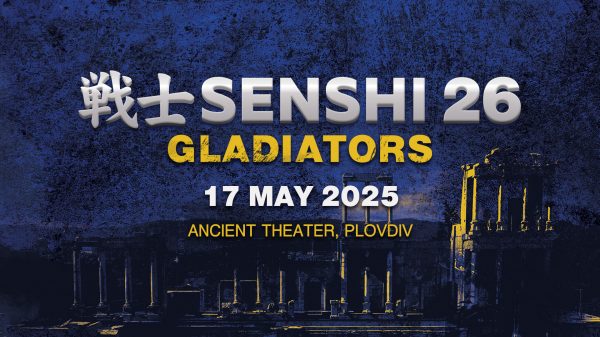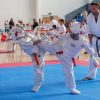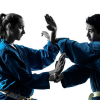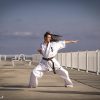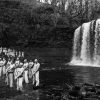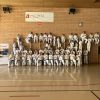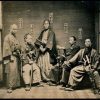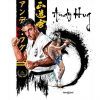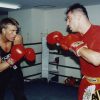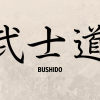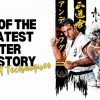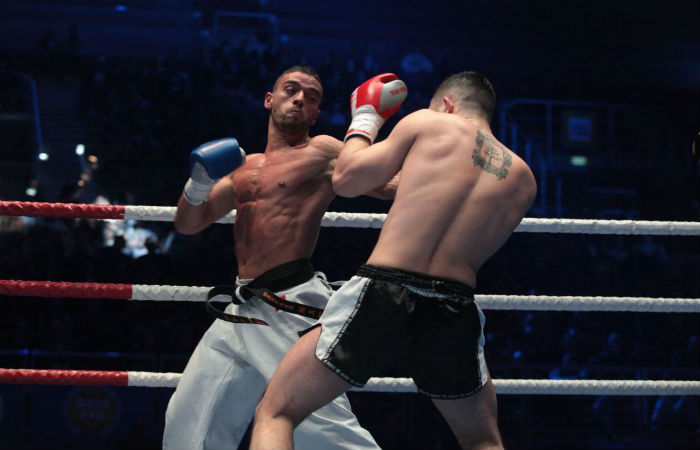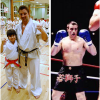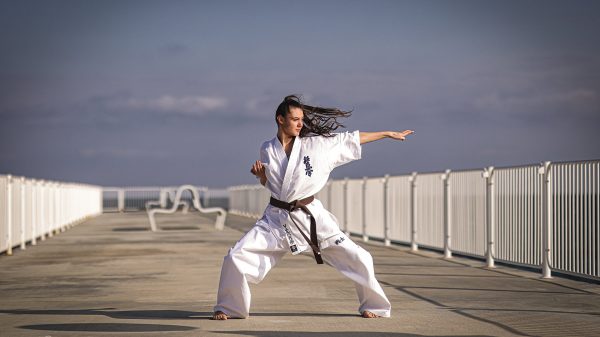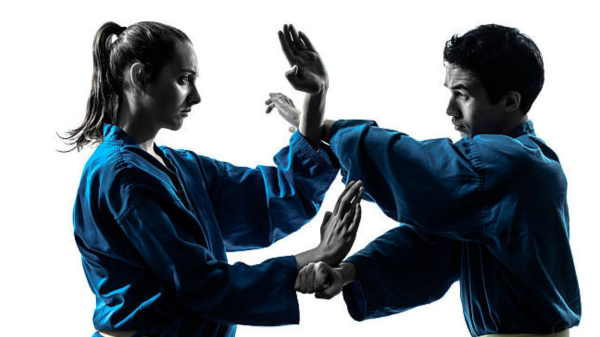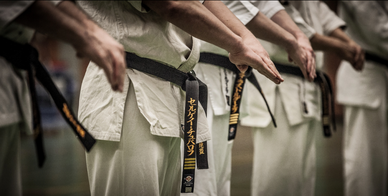 When a person decides to embark on a new hobby
When a person decides to embark on a new hobby
it can be extremely daunting. And even more so when you’re an adult and then adding to the mix something like martial arts. You start doing research on schools in your area, to decide which might be best for you. You stumble upon one that offers something called Kyokushin Karate. “Hmm, that sounds traditional and interesting”. However, upon a little further investigation, perhaps mixed with a few youtube videos, and you might be like, “hell no! Those people are crazy!” But, don’t let that stuff detour you.
I was reminded of that this week in a class at the dojo I attend, Contact Kicks, with Sensei Steve Fogarasi. There is a team preparing to go to a large full-contact tournament, but what Sensei Fogarasi reminded people of was, there are many paths up the mountain.
While Kyokushin is famous for it’s full-contact knock-down sport karate side, there are many facets to Kyokushin. Not everyone who attends a Kyokushin Karate dojo is there to compete. Actually, it is most probably a small portion. Most people are there because they were looking for a martial art, a way to stay fit, a new hobby, etc., and the fact it was Kyokushin was secondary.
The belt achievements are used as indicators of one’s time, ability and progress, and many people are aiming for black belts and high, but the path for each person can be very different.
Even for myself, as an example. I am in my 40s. While I have a background in martial arts, which no doubt helps me, I have no aspirations of being a champion. Though, the person standing next to me might be half my age with the goal of fighting on the world level. But, we both share the passion for learning and achievement.
So, while Kyokushin might look intimidating from the outside, don’t let that discourage you. If you are as lucky as I am to have a Kyokushin Karate school near you, I encourage you to at least try a couple classes.
Here is what you can expect in most good traditional Kyokushin Karate Dojos:
What is Kyokushin Karate?
Kyokushin (極真) is a style of stand-up, full contact karate, founded in 1964 by Korean-Japanese Masutatsu (Mas) Oyama. Kyokushin is Japanese for “the ultimate truth”, developed from the determination of the pursuit of ultimate truth of mind, technique, and body. Kyokushin is rooted in a philosophy of self-improvement, discipline and hard training. It is grounded in both the Okinawan Shuri-te traditions (such as Shorin-ryu and Shotokan) and hard and soft characteristics of Naha-te and Tomari-te styles, such as Goju-ryu, and also includes realistic fighting.
The founder, Sosai Masu Oyama, often said that the difference between sports and Budō, or “The Martial Way“, is the path of self-discipline. Budō is this challenge in life itself. Kyokushin Karate was founded by a man who was dedicated to Budō. Read more about this NOW => here.
Where to attend?
Kyokushin Karate trains in Dojos, which can be anything from a studio, to a school gymnasium.Dojo (道場) is a Japanese term which literally means “place of the way”. Essentially, a training hall.
Classes are led by a Sensei, which is Japanese for “teacher”. Classes can be focused on usually one of three areas, depending on the day and personal style of the teacher. These three areas are Kihon, Kata and Kumite.
Kihon (基本, きほん ?) is a Japanese term meaning “basics” or “fundamentals”. The term is used to refer to the basic techniques that are taught and practiced as the foundation of most Japanese martial arts. Think of standard blocks, kicks and strikes.
Kata (型 or 形 literally: “form”), a Japanese word meaning detailed choreographed patterns of movements practised either solo or in pairs. In other words, if you think of the basics you learn in Kihon like words, kata now teaches you to form sentences. Stringing those basics together in prearranged movements.
Kumite (組手) literally translated means “grappling hands” and is one of the three main sections of karate training, along with kata and kihon. It refers to forms of sparring. Kumite is the part of karate in which a person trains against an adversary. Ad the part which has made Kyokushin so famous. Unlike most other traditional forms of karate which do “point fighting”, Kyokushin is full contact. Now, before you go running the other direction, know that this isn’t all the time. When practicing, most dojo’s have students wear forms of protective equipment and it is done lighter contact, especially for lower belts and those inexperienced. Though it can look intimidating, it can be a lot of fun and an amazing confidence builder. As before, if you think of Kihon like words, Kata prearranged sentences, think of Kumite as open free-form conversation.
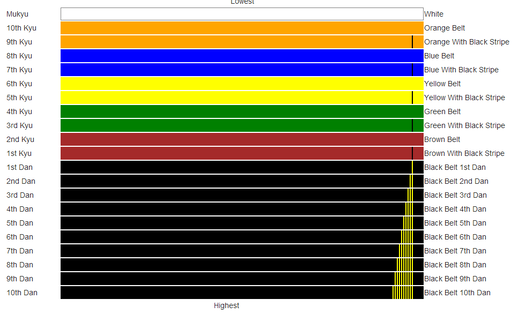 The Belt System
The Belt System
Kyokushin karate has a grading system where students move up a series of colored belts after undertaking testing. The belt system is divided into Kyu grades (beginner grades) and Dan grades (advanced grades). The system is as follows:
The path in Kyokushin is not a short one. One would expect to train twice to three times a week for at least 5 years before achieving the rank of 1st Dan, or Black Belt. 1st Dan is considered the beginning, with Dan grades going up to 10th Dan, with the 10th usually reserved for the founder of the system, or the head of an organization. Comparing the ranks to the Western schooling system, think of the colored belts as grade school, 1st Dan through 4thDan undergrad, and 5th Dan Masters.
Etiquette
There is specific etiquette you must adhere to, such as bowing when entering and leaving the Dojo. I have covered the other etiquettes in adifferent post. Some people are not comfortable with all the bowing, and words that are used. But Kyokushin is a Japanese martial art. And it is important to keep up the customary aspects of the etiquette, out of respect of its founder and country of origin.
Etiquette is a way to honour the founders of our style and honour the Sensei that teaches us. It teaches respect and self-control, it sets the dojo apart from ordinary life.
As stated, if you would like to know more, I covered etiquette in more detail in an earlier post.
Benefits of Kyokushin Karate training
Kyokushin Karate is whole body training, and it works on both the body and the mind. It can also help in recovery after injuries or illness by strengthening the body and keeping a positive and focused mind set.
Kyokushin karate encourages and develops an attitude of perseverance and determination. These personal attributes developed through karate training can also be used in daily life.
In Kyokushin Karate the focus is on the full-contact aspect of fighting. Without neglecting the other other aspects, such kihon and kata. Whatever your reasons and goals are, practicing Karate can help you become stronger, healthier and a better human being.
Why Kyokushin Karate?
SENSEI DARREN STRINGER – IFK WORLD CHAMPIONSHIP KATA 2014, PHOTO BY DAVE GEENTJENS
Kyokushin Karate is more than just a martial art for self-defence; it is Budō Karate and encompasses an entire system of well-being for the individual and teaches skills and attitudes that will last a lifetime.
Positives of the training include; discipline, respect, exercise regimen, confidence and a social atmosphere.
The classes are very structured and beginners are welcomed, and regardless of age sex and physical capabilities. Anyone can start training in Kyokushin Karate and enjoy it.
OSU!



